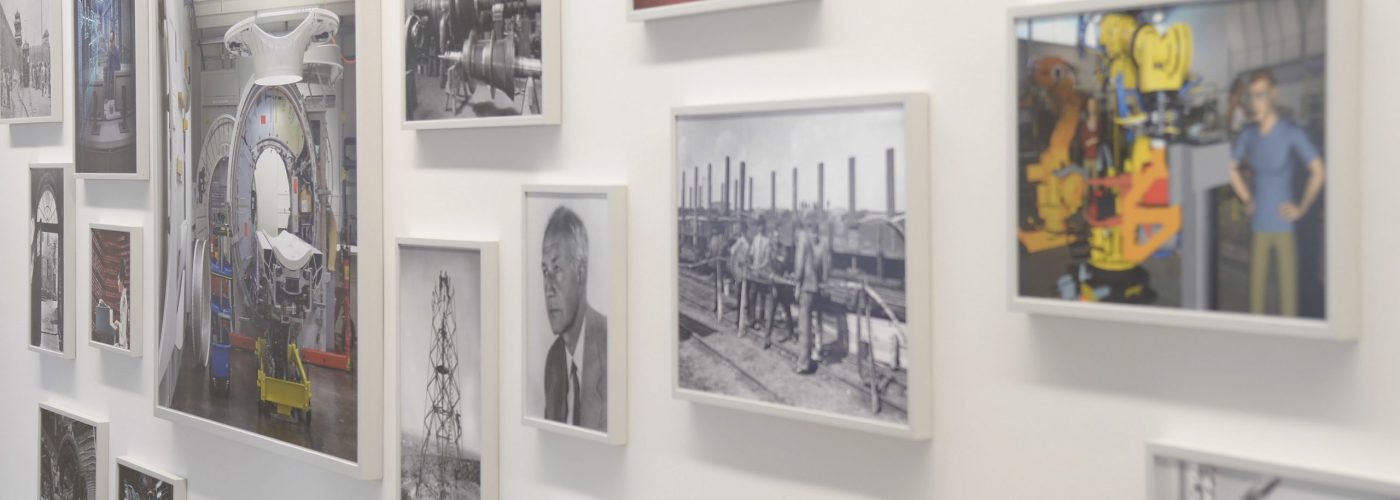Galleries and museums provide a place for the display of important art works, making them available for public viewing. They are places where the public can meet and experience the real essence of art in all its various forms. However, these treasures are often vulnerable to damage as a result of physical incidents or environmental issues and present an ongoing challenge for the operators of galleries and museums.
Physical damage by the public can be malicious or accidental. There is the well-known case of a deliberate attack on the Leonardo da Vinci cartoon which was damaged by gun shot in the National Gallery in London in 1987. In 2015 a young boy caused extensive damage to a valuable 17th century painting by Paolo Porpora when he accidentally tripped and put his hand through it while trying to break his fall.
There are also many accounts of priceless paintings being damaged because of inadequate control of fluctuating temperatures and humidity levels, over exposure to light and airborne particles of dust and dirt. These can lead to the slow deterioration, or even sudden damage, to a painting from fading, discolouration, mould, pests, fungi and warping. A painting by Raphael, was found to be warping dramatically because of a failure to repair a broken air-conditioning system in one of Italy’s best-known museums.
However, some gallery directors are sometimes not convinced that the cost of controlling the environment is all that important and regard it as too expensive. While their preservation teams understand that even a modest rise in temperature can double the rate that organic materials deteriorate and the cost to savings ratio might be better than supposed a few years ago.
According to a white paper by The National Gallery on Improving the Environment (Joseph Padfield, Steve Vandyke and Dawson Carr March 2013) controlling the environment within an institution is a complicated and expensive operation. In addition, the cost of the energy needed to achieve an appropriate level of environmental control had been increasing rapidly, as has the requirement to reduce the overall carbon footprint of the Gallery.
To overcome these issues and to comply with the obligations to reduce CO2 emissions, galleries need to think smart. Checking and monitoring air quality is inexpensive, and the solution may be as simple as opening or closing a window occasionally. Installing proper air quality control systems, if required, can quickly be paid for through more efficient energy management, increased productivity, lower employee turnover and a more attractive environment for visitors, staff and the art works.
Philip Hudson, Chairman, The Circles of Art says:” Paintings are the visual testimony of our cultural journey through the centuries, an insight into the, fashions, beliefs and social customs of the times. Therefore, they must be protected for future generations. All galleries large and small bear the responsibility to be vigilant in preserving our treasures. Each time the damage or loss of these magnificent or even humble works occurs it erodes a little bit of our history.”
Intelligent Building Energy Management System (BEMS) are widely deployed in many buildings and have helped many galleries and museums to protect art works from the rigours of the environment while improving energy efficiency and saving costs.
The precision-controlled indoor environment provides a gallery’s estate team with optimal controls over heating, ventilation, air conditioning (HVAC), lights and blinds. In addition to providing a smart controlled environment for a gallery, it also achieves significant cost savings as well as a reduction in CO2 emissions.
Estate managers can maintain an accurate view of a building’s climate and energy performance patterns on site or through simple and user-friendly monitoring systems that can be accessed remotely over the internet, which means a site can be managed wherever the estate team is located.
Temperature and humidity levels can be maintained at specific points throughout the day which may be needed to help preserve more fragile works and for the comfort of visitors. By pinpointing where and how energy is being used, managers can make informed decisions on energy efficiency measures, while still making sure the conditions are the most suitable for housing precious works of art.
Saving on energy costs can free up finances which can be reinvested into gallery improvements or the acquisition of new art work. The procurement of rarer pieces also becomes that much easier if a museum or gallery can offer the best possible environment for hosting works.
Other cultural establishments, such as concert halls and opera houses have also achieved significant benefits from lowering energy consumption and reducing their CO2 footprint. By implementing an integrated digital solution these buildings can not only cut costs, but also regulate temperature and humidity to provide well-balanced acoustics for performers and the audience.
Intelligent Building Energy Management Systems enable organisations to create environments that look after and care for the individuals in the building as well as protect and care for our cultural heritage with technology that can be cost justified and supports a sustainable future.





